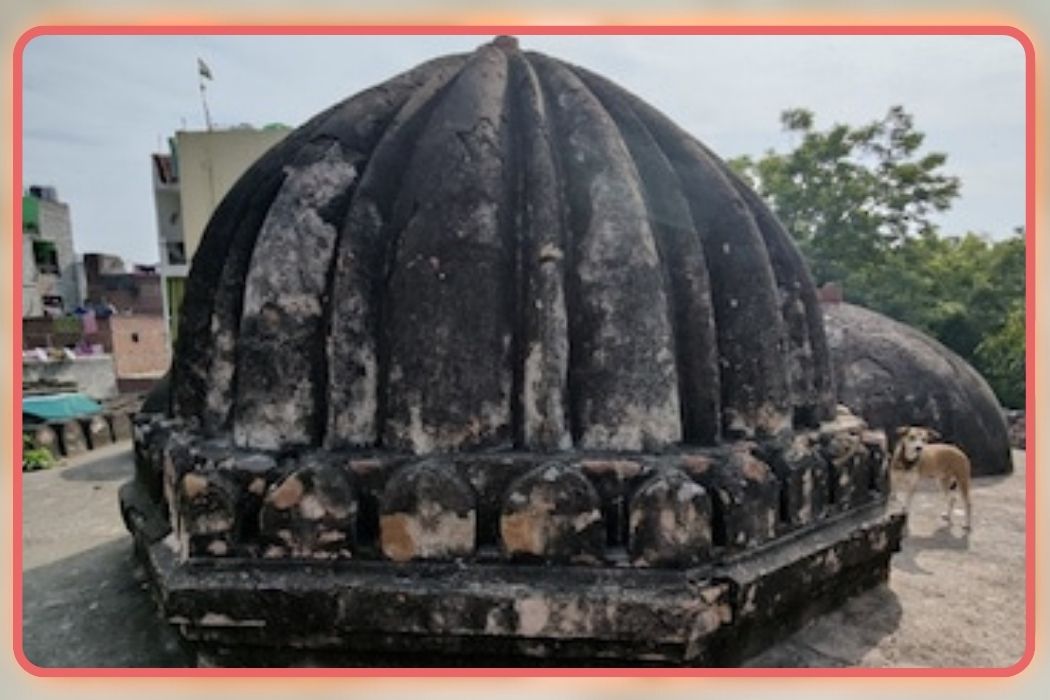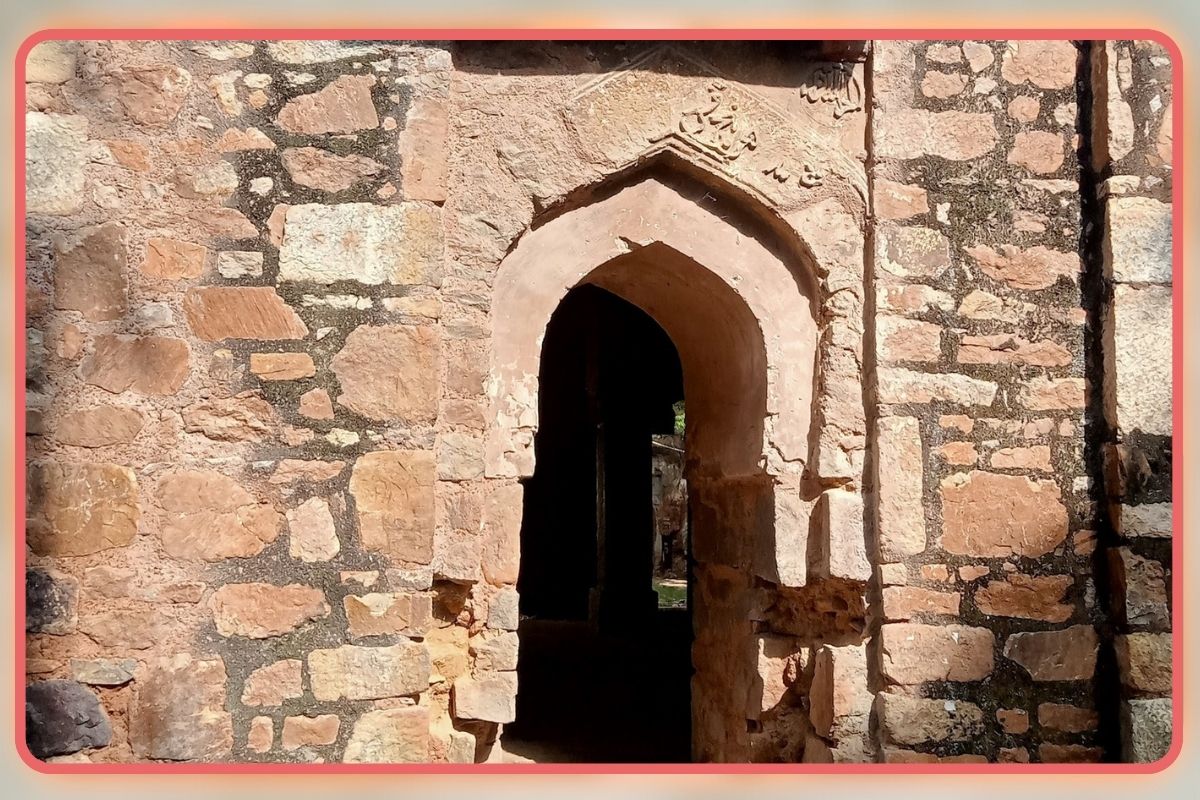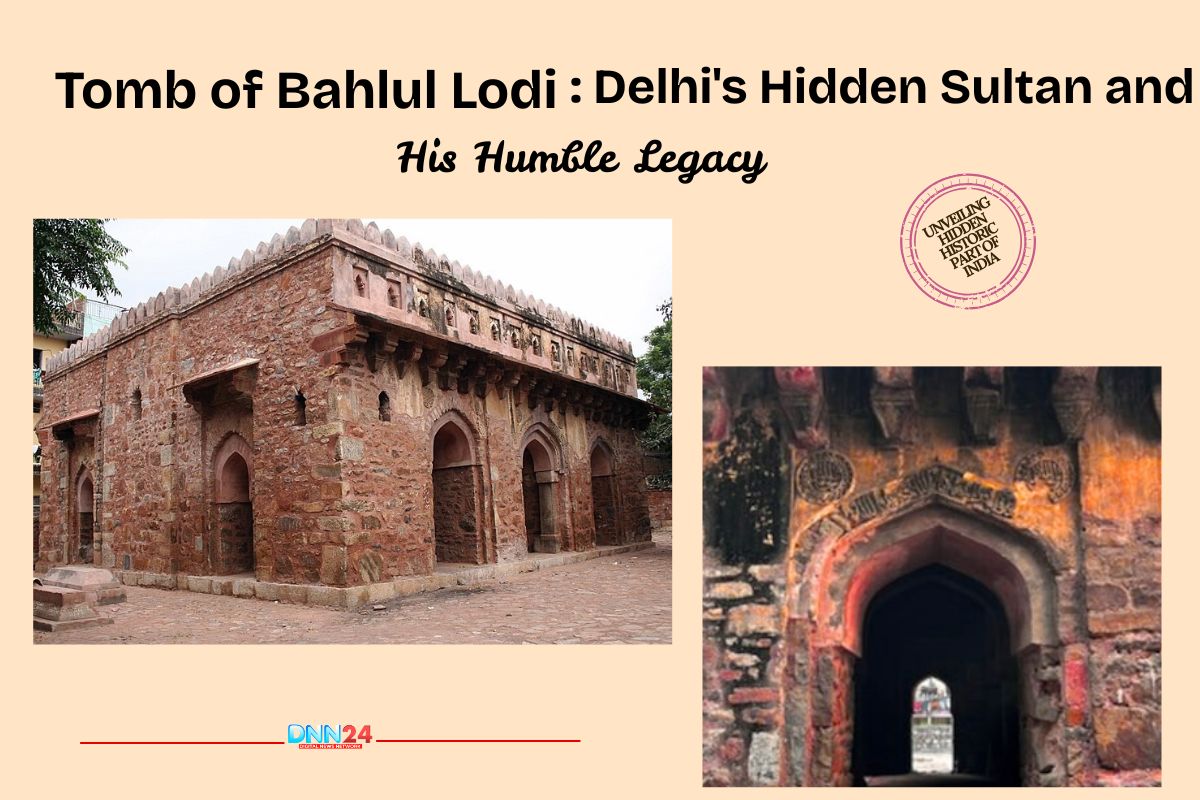The Tomb of Bahlul Lodi rests quietly in the crowded lanes of Chirag Delhi, a place where history meets the rush of modern life. This octagonal structure, crowned with five unusual domes, belongs to the man who founded the Lodi Dynasty and ruled Delhi for nearly forty years. Bahlul Lodi was no ordinary king. He rose from modest origins in the Afghan Lodi tribe to establish a dynasty that lasted over seven decades. His tomb, built by his son Sikandar Lodi after his death in 1489, mirrors the ruler’s personal character. There is no grand display here, no towering minarets or elaborate decoration.

Instead, the tomb speaks through its simplicity. The octagonal design features three arched openings on each side, creating a balanced and modest appearance. Five domes top the structure, a rare architectural choice for that period. The walls carry Quranic inscriptions, while red sandstone carvings reveal Hindu artistic influences, showing how different cultures came together during this time. Today, the tomb sits squeezed between modern buildings in Jahapanah, the old fortified city. Few tourists know about it, and fewer still visit. The monument faces neglect despite its protection under the Archaeological Survey of India. This quiet corner of Delhi holds centuries of stories, waiting for anyone willing to listen.
Tomb of Bahlul Lodi:The Sultan Who Chose Humility Over Glory
Bahlul Lodi’s journey to power began far from the throne. Born into the Afghan Lodi tribe, he first made his name trading horses, a profession that brought him wealth and recognition. The Sayyid rulers of Delhi noticed his skills and granted him lands and titles. When the weak Sayyid Sultan Alam Shah decided to abandon the throne in 1451, Bahlul received an invitation to take his place. He accepted, becoming the first Lodi Sultan and ending the Sayyid dynasty. His reign lasted until 1489, a period marked by practical leadership rather than grand gestures. Bahlul respected his Afghan nobles and tribal leaders, which helped him maintain control across northern India.

He expanded his territory to include Jaunpur, Gwalior, and much of upper Uttar Pradesh. Unlike many rulers who built massive monuments to celebrate their power, Bahlul focused on governance and expansion. His tomb reflects this approach. Inside the tomb enclosure, about a dozen graves lie scattered, including those of his close relatives. The setting, near a Sufi saint’s shrine, shows the connection between spiritual and political life in medieval Delhi. When Bahlul died, a succession struggle briefly threatened the dynasty, but his son Sikandar Lodi took charge and continued the family’s rule. The tomb remains a testament to a leader who valued substance over show.
Tomb of Bahlul Lodi: Heritage Struggling Against Urban Chaos
Delhi grows larger every day, and monuments like the Tomb of Bahlul Lodi face constant pressure from this expansion. While famous sites like Humayun’s Tomb and Qutub Minar receive regular visitors and maintenance, Bahlul Lodi’s tomb remains hidden in the narrow, busy streets of Chirag Delhi. Modern construction has closed in around it, and conservation efforts struggle to keep pace. The Archaeological Survey of India protects the site, but protection alone cannot restore its former dignity. This situation reflects a broader challenge across Indian cities, where rapid development often clashes with the need to preserve historical sites.

The tomb offers something valuable to those who find it. Its architecture represents an important stage in Indo-Islamic design, blending Afghan styles with Indian artistic traditions. The space invites quiet reflection on the past, on the lives of medieval rulers, and on the cultural mixing that defined their era. Restoration work has been attempted, but real preservation requires community involvement and awareness. People need to understand that this monument represents more than old stone and forgotten names. It embodies Delhi’s complex identity, where centuries overlap and interact. The tomb shows how the past remains present, even when buildings and traffic try to drown it out. Saving it means acknowledging that Delhi’s character depends on these layers of history.
Tomb of Bahlul Lodi: Lessons from a Modest Monument
The Tomb of Bahlul Lodi teaches through understatement. It stands as proof that greatness need not announce itself loudly. Bahlul Lodi chose to lead with pragmatism rather than pomp, and his tomb continues that tradition. The blend of Afghan and local artistic elements marks a crucial moment in India’s architectural development. Walking through the site today, surrounded by modern Delhi’s noise and motion, visitors encounter a strange contrast. History hides here in plain sight, overshadowed by contemporary concerns yet never entirely erased. Urban development cannot stop, but it need not destroy what came before.

Monuments like this deserve preservation not merely as relics but as active parts of the present. They offer lessons in leadership, in how different cultures can merge, and in Delhi’s enduring spirit. The tomb challenges visitors to look past the obvious, to seek stories that do not shout for attention. In doing so, it creates a connection to a history that still matters. This connection reminds modern India of values worth keeping: humility, resilience, and the strength that comes from diverse cultures building something together. Bahlul Lodi founded a dynasty and shaped Delhi’s future, but his greatest legacy may be this quiet tomb that refuses to demand recognition. It simply exists, waiting for those ready to understand what it represents.
Also Read: Mubarak Khan-ka-Gumbad: Delhi’s Hidden Octagonal Tomb in Lodi Gardens
You can connect with DNN24 on Facebook, Twitter, and Instagram and subscribe to our YouTube channel.

